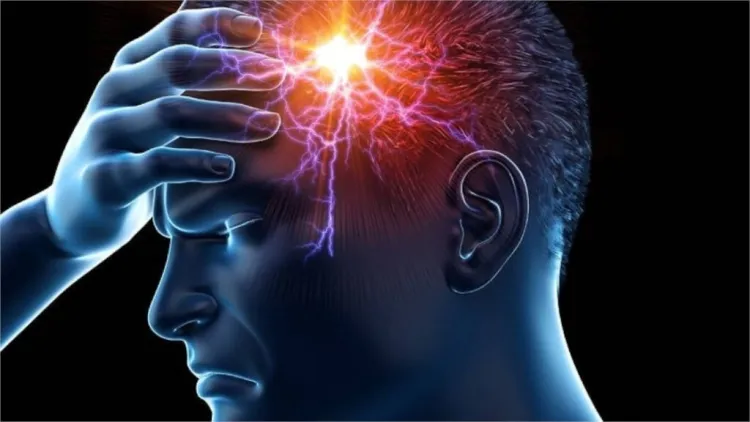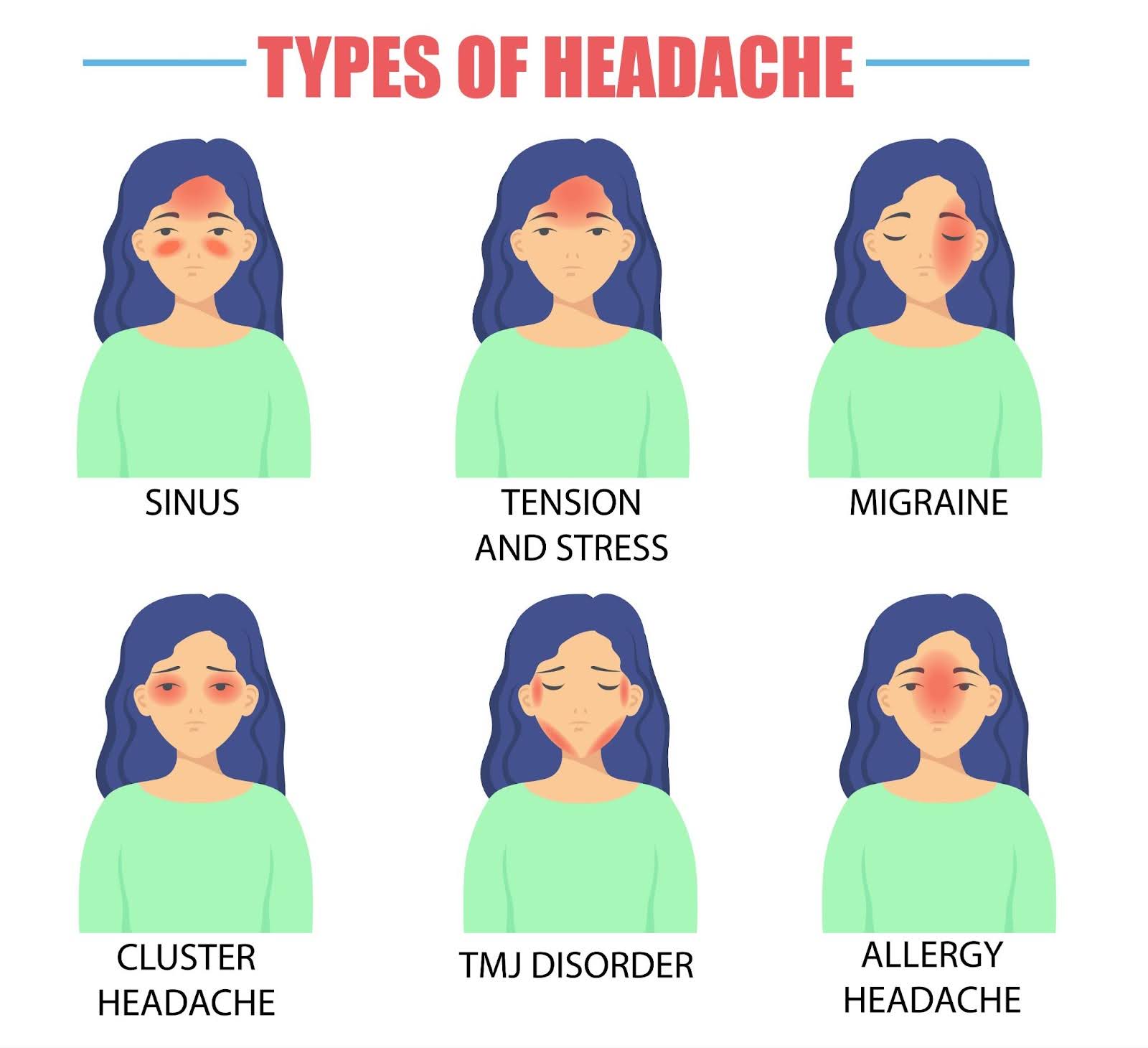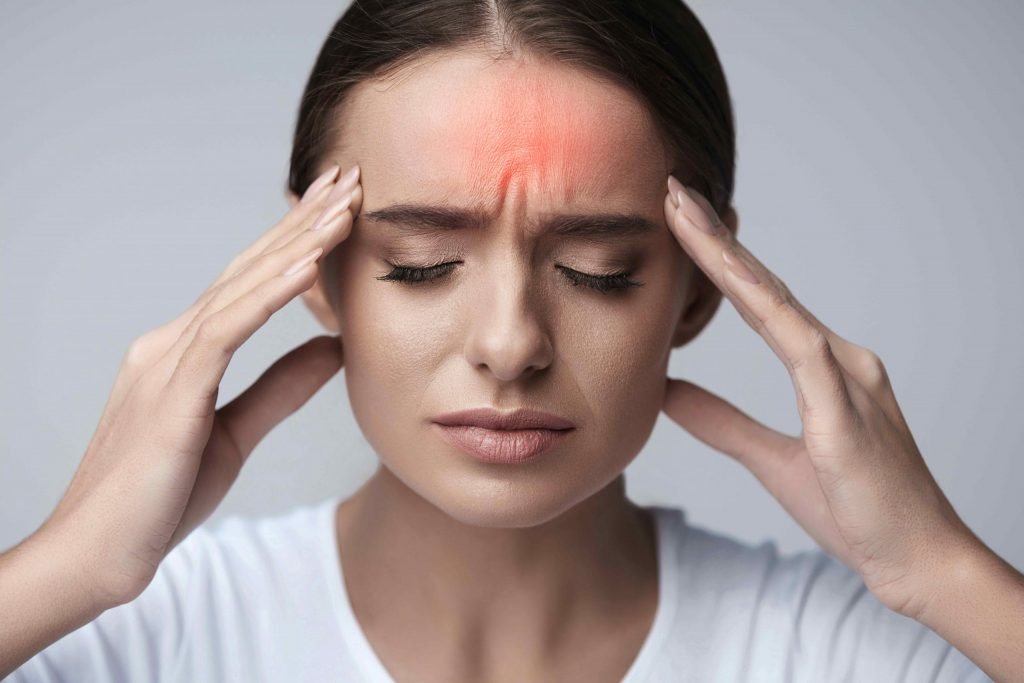Understanding Migraines: Causes, Symptoms, and Management...!!!
Migraines are a type of neurological disorder that manifests as severe, pulsating headaches, often coupled with symptoms such as nausea, vomiting, and heightened sensitivity to light and sound. This widespread condition impacts millions globally and can severely hinder daily life. In this discussion, we will delve into the causes, symptoms, treatment options, and lifestyle adjustments that can aid in managing migraines.

Causes of Migraine
Although the exact cause of migraines remains unclear, it is believed to stem from a mix of genetic, environmental, and neurological factors. Common triggers include:
-
Hormonal Changes: Variations in hormone levels, particularly in women, can provoke migraines. Many women experience these headaches around their menstrual cycle, during pregnancy, or menopause.
-
Stress: High levels of stress and anxiety can initiate migraines. Employing stress management techniques can mitigate the frequency and intensity of these headaches.
-
Dietary Factors: Certain foods and beverages, such as alcohol, caffeine, chocolate, and processed foods, can act as triggers for some individuals.
-
Sleep Disturbances: Both insufficient and excessive sleep can trigger migraines.
-
Environmental Factors: Bright lights, loud noises, strong smells, and changes in weather conditions can also trigger migraines.
Symptoms of Migraine
Migraines typically progress through four stages: prodrome, aura, headache, and post-drome. However, not everyone experiences all these stages.
-
Prodrome: Occurring hours or days before a migraine attack, this stage is marked by mood changes, food cravings, neck stiffness, increased thirst, and frequent yawning.
-
Aura: Some individuals experience visual or sensory disturbances before or during the headache phase. These can include visual phenomena (flashing lights, blind spots), sensory disturbances (tingling or numbness), and speech or language issues.
-
Headache: The migraine headache itself can last from a few hours to several days, characterized by severe, throbbing pain typically on one side of the head. This phase may also include nausea, vomiting, and sensitivity to light, sound, and smells.
-
Post-drome: After the headache phase, individuals may feel fatigued, confused, and experience mood changes, often referred to as a "migraine hangover."

Treatment Options
There is no definitive cure for migraines, but various treatments can help manage the condition and reduce the frequency and severity of attacks, including medications, lifestyle changes, and alternative therapies.
Medications
-
Pain Relievers: Over-the-counter medications such as ibuprofen, aspirin, or acetaminophen can relieve mild to moderate migraine pain.
-
Triptans: These prescription drugs, like sumatriptan and rizatriptan, target migraines by narrowing blood vessels and blocking pain pathways in the brain.
-
Preventive Medications: For frequent or severe migraines, doctors might prescribe beta-blockers, anticonvulsants, or antidepressants to reduce attack frequency and severity.
Lifestyle Changes
-
Stress Management: Practices like meditation, yoga, and deep breathing exercises can help alleviate stress and prevent migraines.
-
Regular Sleep Schedule: Consistently maintaining a sleep schedule and getting sufficient rest can aid in preventing migraines.
-
Dietary Changes: Identifying and avoiding food triggers, eating regular meals, and staying hydrated can help manage migraines.
-
Regular Exercise: Engaging in regular physical activity can help reduce the frequency and severity of migraines.

Alternative Therapies
-
Acupuncture: This traditional Chinese medicine technique involves inserting thin needles into specific points on the body to relieve pain and promote relaxation.
-
Biofeedback: This mind-body therapy trains individuals to control physiological processes such as muscle tension and heart rate, helping manage stress and prevent migraines.
-
Herbal Supplements: Some individuals find relief with supplements like butterbur, feverfew, and magnesium. However, it is crucial to consult a healthcare professional before using any supplements.
Migraines are a multifaceted and often debilitating condition affecting millions worldwide. While there is no cure, a combination of medications, lifestyle changes, and alternative therapies can help manage migraines and enhance the quality of life for those affected. By identifying triggers and implementing preventive measures, individuals can reduce the frequency and severity of migraine attacks, leading to a more comfortable and fulfilling life.
What's Your Reaction?

















